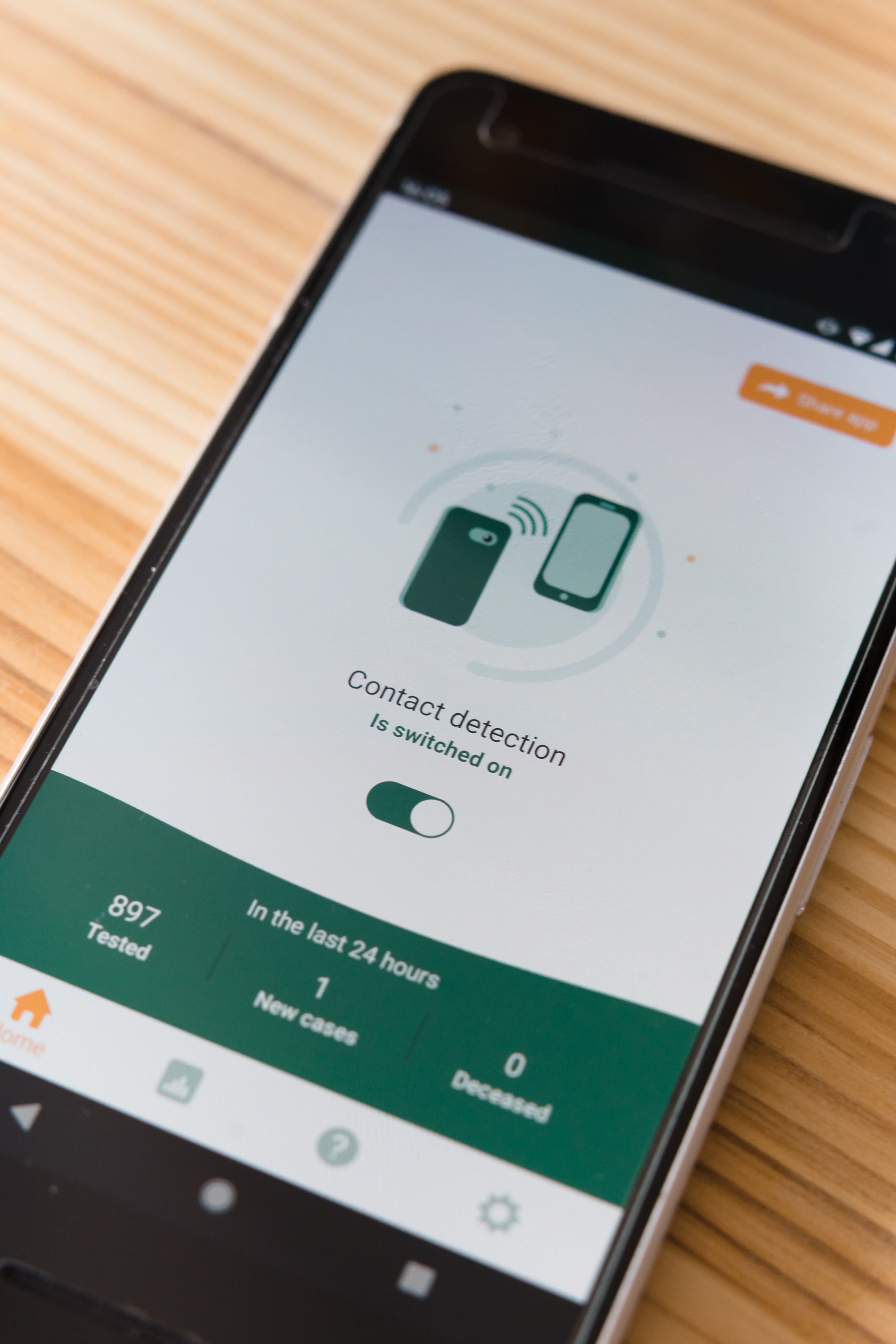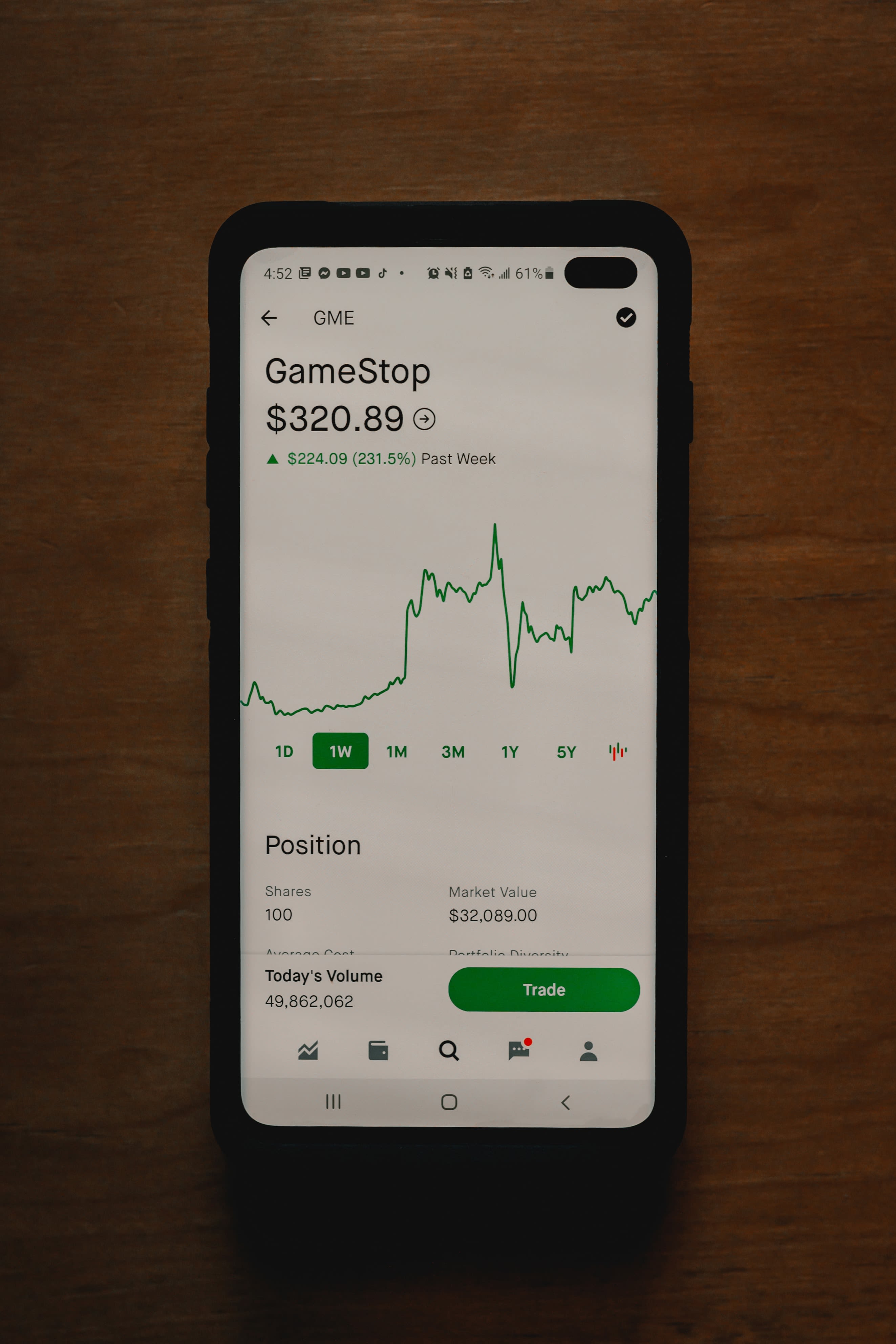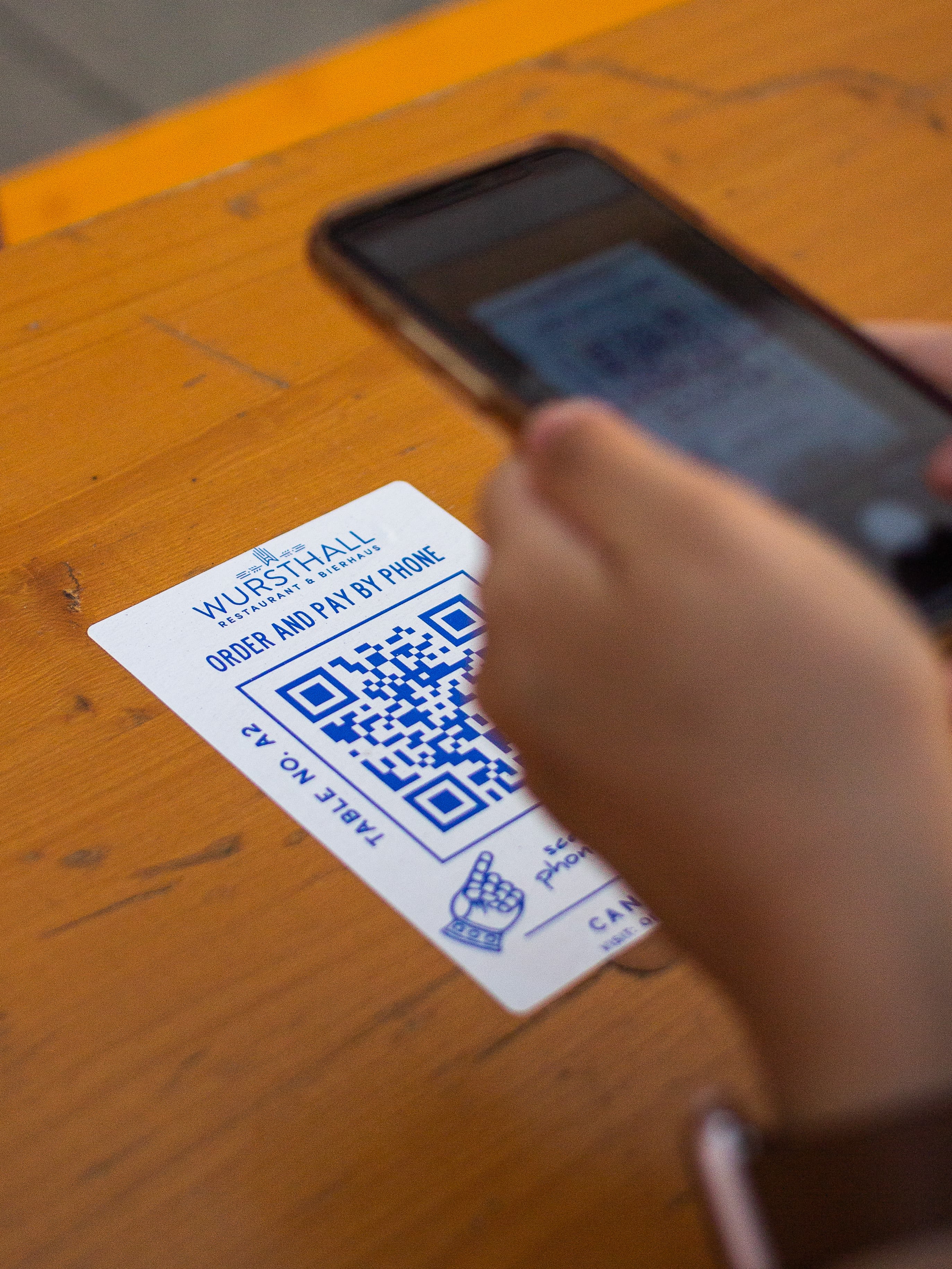What Is Mobile Marketing?

If there’s one thing that most people today can’t live without, I’d gladly wager that it’s the smartphone. Leading technology media property TechCrunch posits that come 2020, there will be 6.1 billion smartphone users. Along with tablets and other mobile devices, this innovative technology has become so pervasive and is such an important part of everyday life that going even one day without the smartphone is unimaginable for some.
Today’s fast-paced world means that people are always on the go, hence their dependence on mobile devices. Marketers, of course, have come to realise this early on, consequently placing mobile marketing high on their list of digital marketing strategies. As digital disruption continues to revolutionise businesses, mobile marketing will surely feature strongly in the business plans of every forward-thinking organisation.
Defining mobile marketing
The aim of mobile marketing is essentially to reach target audiences on their mobile devices through multiple channels such as websites, email, SMS and MMS, social media platforms and mobile apps. Different mobile ad formats and styles are used depending on the platform for which the ads are designed – social media platforms, websites and mobile apps all have unique elements and options that advance the mobile marketing agenda. The large amount of time people spend on their mobile devices provides vast opportunities for marketers to expand the outreach of their offerings and gain more potential customers.
The case for mobile marketing
One of the key determinants of successful marketing is the girth of its outreach. As a business, you want everyone to know about the products or services that you have to offer, and you want to gain their trust in your offerings so that they, in turn, will become your brand advocates and market your offerings to their social circle on their own volition.
As mentioned earlier, many people find it unfathomable to not have their smartphones with them at all times – imagine the number of customers that you would miss out on if you didn’t have the foresight to jump on the mobile marketing bandwagon! According to HubSpot, one-third of mobile access the internet with their smartphones, so there’s a ready, large market on which you could capitalise. Also, according to Google, 34% of online retail purchases now happen on mobile devices, so it’s clear that there’s a huge market base on which businesses can tap.
Mobile marketing strategies
There is a whole host of marketing strategies that can be used to boost your brand, depending on your industry, who your target audiences are, and the budget you’ve set aside for mobile marketing purposes. App-based marketing involves using push notifications that are delivered to the user’s home screen while an app is in use, or while the user is browsing through other apps. This mobile marketing strategy helps to re-engage inactive users through a call-to-action, either by enticing them with latest updates, current promotions or freebies.
Aside from curating your own app-based ad, you can also employ services such as Google AdMob to help create mobile ads that appear within third-party mobile apps. Another option is to advertise in social media apps such as Facebook and Instagram, which will integrate your mobile advert seamlessly into the user’s newsfeeds, making your marketing subtle yet effective. It would interest you to know that by only investing 5%–10% of their daily time in social selling, salespeople who use social media outperform their peers by 78%.
Mobile games are also very popular with the smartphone-toting crowd. You may remember Pokemon, the augmented reality game that was all the rage just a few months back. With the large number of mobile app gamers around and the huge amount of time spent on playing these games, in-game mobile marketing is definitely the way to go. Mobile ads in app games can take the form of banners, pop-ups, or image and video ads that appear periodically or between loading screens.
Besides mobile apps, mobile ads can also be placed in Quick Response Codes (QR codes), a matrix barcode that is scanned and translated into a call-to-action in the form of a website link, text message, images of promotional offers, or even a social media profile. QR codes guide users to mobile landing pages that offer more information on a particular product or service. It’s a simple yet effective way to stand out from the crowd and expand your business outreach in a novel manner.
Location-based mobile ads are also gaining traction with mobile users as a popular mobile marketing strategy. These mobile ads appear on mobile devices depending on a user’s location relative to a specific area or business. Community-based traffic and navigation app Waze is one example of an app that features location-based mobile ads – it provides users with information on restaurants, petrol stations and other places of interest that are within a 5 km radius of the user.
Digital marketing and technology authority Marketing Land found that in 2015, two-thirds of emails are read on either smartphones or tablets. Knowing this, many marketers have upped the use of electronic data mailers (EDMs) as a key mobile marketing strategy. Mobile ads through emails have more room for detailed information and interesting GIFs to capture the attention of readers. These email ads are mostly used to inform readers of current promotions and latest events or happenings that may be of interest to the readers. It can even be curated in the form of an invitation – equipped with a response form – to invite readers to events and launches.
Other examples of mobile marketing strategies include mobile search ads and short message service (SMS) marketing. Mobile search ads are Google search ads designed for mobile devices, which contain additional extensions such as directions or contact numbers. Meanwhile, SMS marketing involves capturing a user’s phone number and sending them text offers, but this method is slowly being replaced by the more current mobile marketing strategies above.









